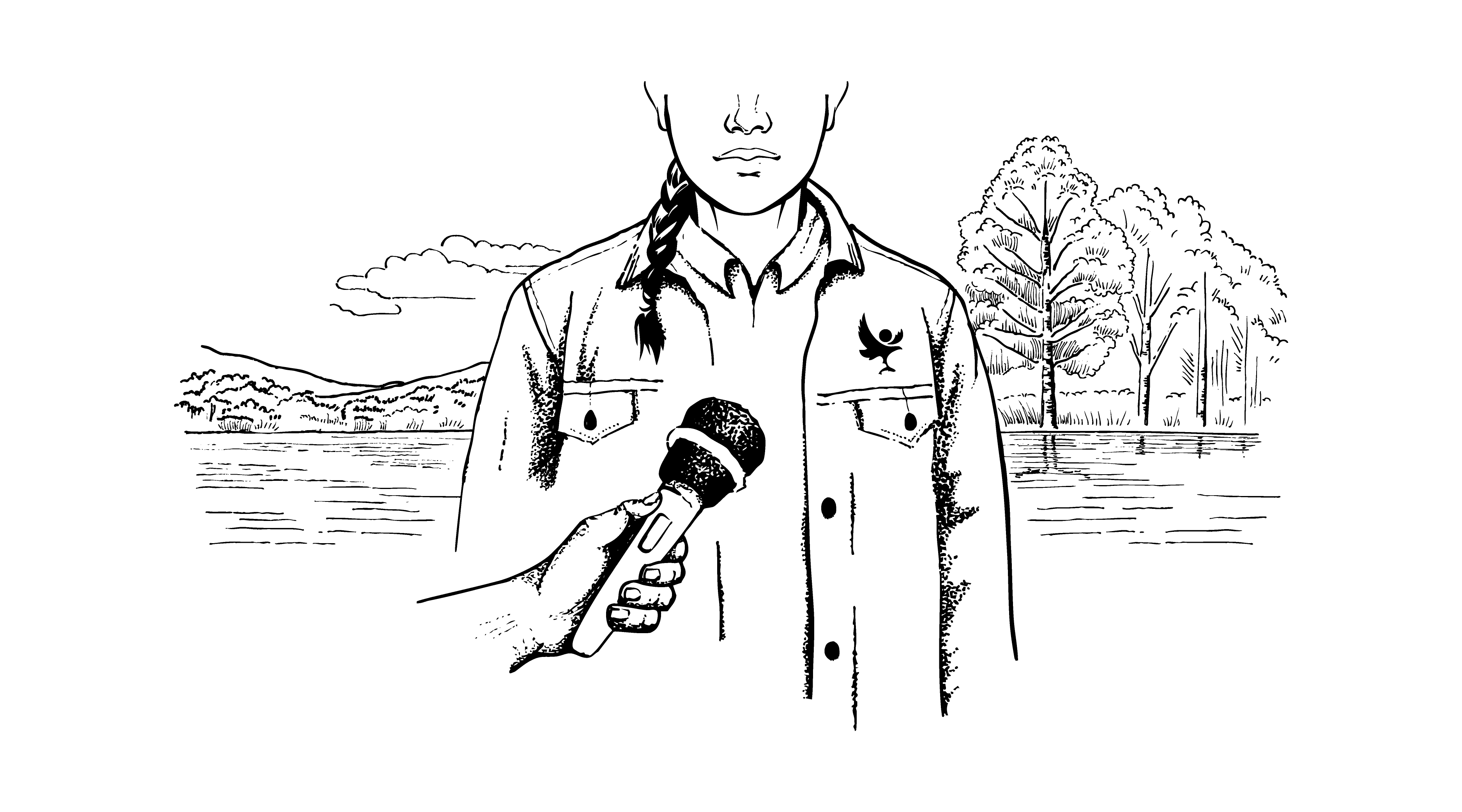Partners show support for Capercaillie Framework

Partners show support for Capercaillie Framework
The capercaillie is one of Scotland’s most iconic birds, but also one of the most endangered. The population is in decline – in 1970 there were an estimated 20,000 birds, just 40 years later around 1,000 were recorded. The Cairngorms National Park is now the remaining stronghold for capercaillie, with at least 80 per cent of the national population.
Meeting today, the Cairngorms National Park Authority (CNPA) endorsed the findings of the first phase of the Capercaillie Framework. Led by the CNPA, with the guidance of a strong team comprising the Royal Society for the Protection of Birds (RSPB), Scottish Natural Heritage (SNH), Forestry Commission Scotland (FCS), Game and Wildlife Conservation Trust (GWCT), Sportscotland and Seafield Estate. The main purpose of the Capercaillie Framework is to better co-ordinate management for habitat, recreation and development to best effect for capercaillie conservation.
Partnership working is set to be the key to their recovery:
George Hogg, SNH’s South Highland Unit manager said: “The Scottish population of capercaillie is at risk. The Cairngorms, and particularly Strathspey, is where around 75 per cent of that population is. We commend this strategic work which will be so important to securing that population and reversing its long-term decline.”
Graeme Prest, District Manager of Forestry Commission’s Inverness, Ross & Skye team said: “We have already enjoyed some success with capercaillie conservation at our forests of Glenmore, Upper Rothiemurchus and Inshriach but working together with neighbouring land managers – through this framework – will allow us all to work at a landscape scale for the benefit of this magnificent bird.”
Will Anderson, Forestry Director at Seafield and Strathspey Estates said: “Since the late 1980s we have been actively managing our woodlands to support capercaillie. We make habitat improvements during normal forest management and timber harvesting operations and have been involved in several grant funded initiatives to create specific habitat features or deal with threats, such as deer fence collision. This additional support enables the estate to enhance its existing operations to provide greater benefit, and to bring forward work that would normally take place later in the life of the tree crop. We have around 16 per cent of the national capercaillie population in our woodlands, and we cooperate with neighbours and other parties to do what we can to protect this endangered species. We fully support this initiative and its aims to identify the diverse pressures over the entire National Park. A strategic plan of this type will provide useful information to land managers, and enable them to balance the needs of capercaillie with other long term requirements of economic and social development in and around woodland areas.”
Nigel Williams, Glenmore Lodge’s Head of Training said: “We see Glenmore Lodge as playing an important role within raising public awareness around the impact recreationalists have on the local environment. The Cairngorms National Park is rich with nature and if we work collaboratively we can ensure that our visitors and the outdoor recreationalists we train can enjoy the area whilst playing an integral part within the protection of important wildlife”
Dr Pete Mayhew, RSPB Scotland and Chair of the Capercaillie Biodiversity Action Plan Group said: “The CNPA Capercaillie Framework is a really positive and exciting step forward in the efforts to conserve capercaillie. It lays out a co-ordinated strategic plan for the Park’s work on this species, recognising that if this bird is to be saved from extinction in Scotland, it will be in the Cairngorms Park. Key issues such as reducing forest fragmentation, mitigating the effects of human disturbance and appropriate predator management are all covered in the report. All those interested in the future of this species should welcome the Park’s desire to ensure the “horse of the woods” remains in the Park’s forests.”
Alert
Latest from the National Park
Pulling together in wake of wildfires
An update from Park Authority Convener Sandy Bremner and Chief Executive Grant Moir on collective efforts to tackle wildfires in the National Park going forward.
Making a difference downstream
Reducing the impacts of droughts and high temperatures.
The Moorland Indicators of Climate Change Initiative
Set up by National Parks UK to encourage secondary pupils to carry out peatland monitoring in their local national parks.
Relevant alerts
-
There is an extreme risk of wildfire impacting the National Park from Friday 11 July until Monday 14 July.
- Do not light any fire or barbeque
- Always ensure cigarettes are fully extinguished and take your litter (including glass) away with you
- Enjoy the outdoors responsibly - most wildfires are caused by human activity
- Stay alert - with dry vegetation and warm weather, fires can start easily, spread rapidly, and burn intensely
- If you see a wildfire, dial 999
For updates, visit the Scottish Fire and Rescue Service website.




